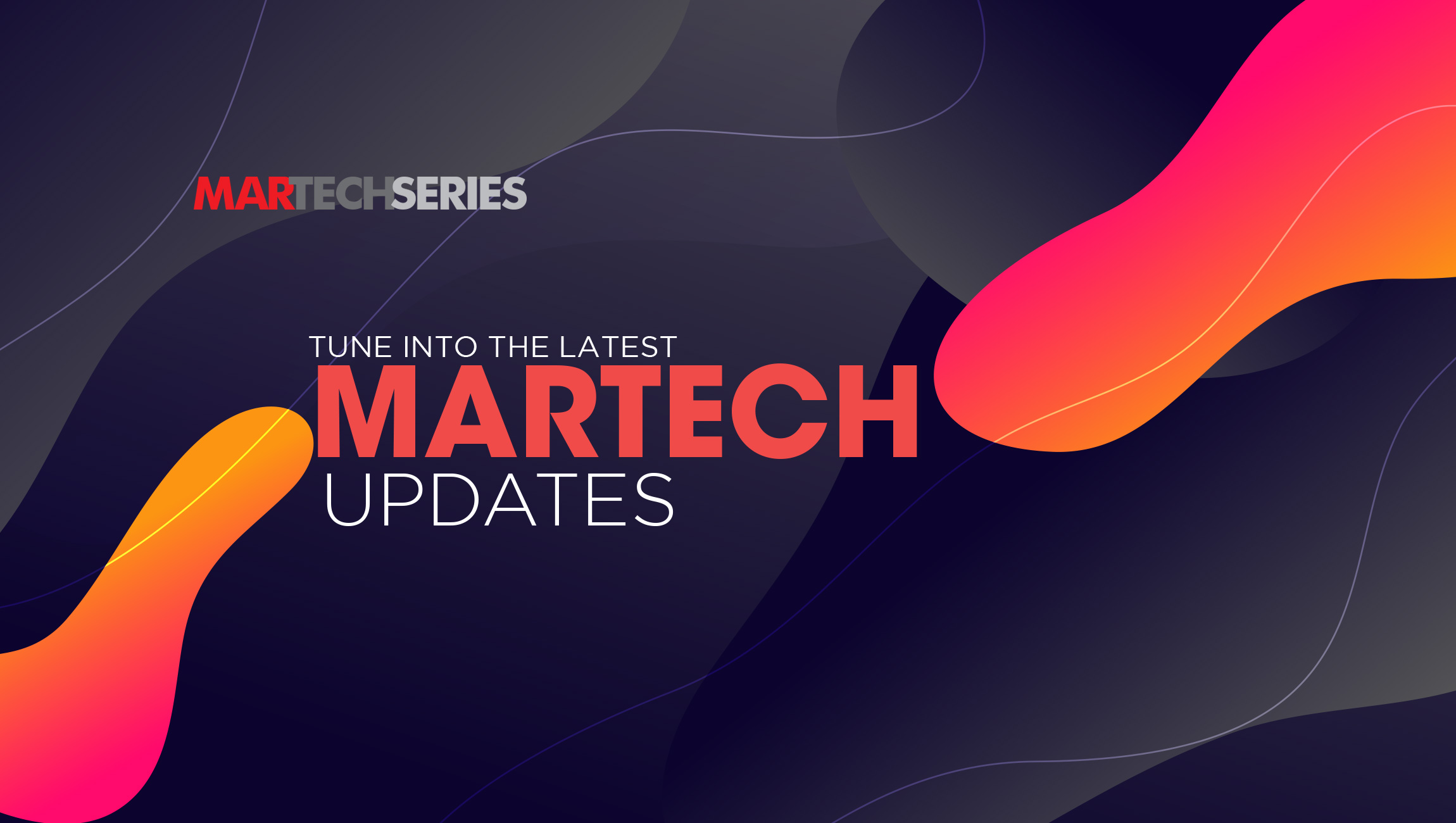Marketers and media owners should forget about the word stability once and for all. We are entering a period of constant flux, where the introduction of new technology, new government regulations, or policy changes by walled gardens can radically reshape the market in a matter of months.
All digital advertising players should be agile, on the lookout for emerging trends, and building sustainable data and audience strategies that can survive any storm. Further, I will lay out the main challenges and the main areas for market growth in 2021.
Mobile first-future is already here
During the social distancing era, the average time on mobile devices increased to 3 hours 40 minutes. This time disproportionately is being spent on mobile applications. According to a study by eMarketer, users spend 88% on mobile apps and only 12% on the mobile web. Also, in-app inventory expanded its reach and tapped into previously indifferent demographics.
Mobile apps have excellent traffic quality, attribution capabilities, and highly engaging ad formats. The click-through rate for apps is 0.58 %, whereas mobile web has a 0.23 % CTR. Mobile developers are increasingly adopting programmatic for their audience monetization. Also, mobile header bidding solutions are on the way to massive adoption. The roll-out of 5G in Tier 1 countries this year will accelerate the mobile trend even further.
The most sought-after content is video
Lockdowns propelled the consumption of video content. While other ad formats experienced a CPM decline due to depleted digital budgets, video was one of the few formats that witnessed a 2% rise in prices in 2020. This ad format is highly engaging and memorable. Users remember 95% of ad messages coming from videos, while only 10% through text.
One of the biggest benefactors of thirst for video content was Tik Tok, which attracted 524 million users worldwide, and set the record for highest quarter-to-quarter subscription growth in the Google Play and App Store respectively.
CTV matures as an advertising medium
For platforms that leverage video content, 2020 was the best year on record. OTT and CTV experienced a 70% increase in ad spend over the course of the last year. The global number of streaming devices and connected TVs in households has surpassed 1.1 billion. Audience surge is much more rapid than ad spend growth, which leads to moderate CPM depreciation. Nevertheless, this environment remains highly lucrative compared to other online channels.
The ongoing rise of audio content
Social distancing didn’t just amplify the thirst for video content but it also rekindled interest in audio. According to eMarketer, this year podcast listenership increased by 16% in the US, while ad spend in podcasts climbed to $782 million and projected to reach $1 billion this year. Another signal of rising engagement of this format is the surging popularity of Clubhouse, an exclusive audio social network, which gained more than 2 million users in less than a year. It recently announced a program to monetize creators, which could both increase usage and begin Clubhouse’s own ecosystem.
2020 was a year of big investments and acquisitions for audio. Music streaming platforms rushed to get ahold of popular podcasters to secure audiences for their ecosystems. Spotify is acquiring Megaphone, a hosting and podcasting company. The deal is worth $235 million, according to TheVerge sources. Spotify already has its own ecosystem of podcasts with Gilme and Anchor’s buy-out and exclusive deals with podcast rock-stars like Joe Rogan. Now, on top of the existing capabilities, they will also have a hosting platform.
In the meantime, Amazon bought podcast network Wondery to compliment Amazon Music services. The deal valued at $300 million, according to WSJ, signifies a growing potential for this medium. No wonder, a Nielsen study showed that podcast ads are 4.4 times more effective than display ads and generate better brand recall than any other digital format.
The wave of new DSPs
Another trend to watch is the wave of new DSPs. Owners of good performing video inventory decided to cut out the intermediaries and introduced demand-side platforms to help media buyers access their audiences directly. Pornhub ad network introduced its DSP to target adult content websites, and Samsung rolled out a platform for targeting on their smart TV devices.
The OTT giant Roku decided to take a different path and acquired Datazu, a DSP with a focus on TV inventory. Similarly, the linear and advanced TV provider Freewheel bought bidding SaaS Beeswax to supplement its ecosystem with programmatic capabilities to automate inventory trading across hundreds of endpoints.
Cookie depreciation and need for common ID
2021 is the final year for the open web to get ready for the upcoming Chrome 3rd party cookies phase-out. Google Chrome, a primary browser for more than half of the world population, is retiring its advertising ID, the key to user tracking, retargeting, and attribution on this browser. This event marks a tectonic shift for advertising on the web. When 3rd party cookies are canceled, it will be impossible to cross the audience between sites without additional solutions. Advertising networks, exchanges, retargeting companies, and tools for tracking will struggle to preserve their business model in this new environment.
Google’s proposed Privacy Sandbox solution has not been finalized and is currently being contested in antitrust cases. The industry is stuck in uncertainty without a viable solution to identifying users cross-site. Recently Google announced that it might have found an alternative to cookies, an ad targeting technology called Federated Learning of Cohorts (FLoC). It segments users’ browsing histories and places them into cohorts with similar characteristics.
The potential solution for this nearly-anonymous web can become user graphs, clean data pools, or an SSO solution with a privacy-compliant ad ID. One of the ID solutions picking up steam is Unified ID 2.0 by The Trade Desk. In November, The Trade Desk partnered with LiveRamp, Criteo, and Nielsen. Each partnership added capabilities for a comprehensive identity solution based on encrypted and hashed email addresses. Other potential common ID solutions include ID5, backed primarily by UK publishers, and Net ID adopted by the consortium of German publishers and media agencies.
IDFA consent and the new iOS landscape
At the beginning of 2021, many iPhone users started receiving a pop-up saying “App X would like permission to track you across apps and websites owned by other companies”. This is part of the new iOS privacy policy that makes consent to IDFA tracking more explicit. This new measure can cut in half the share of targetable impressions, undermining effective retargeting and frequency capping.
It is still unclear how iOS advertisers will establish user identity in the new environment. Apple recently upgraded SKAdnetwork, its solution of attributing app installs based on assessing cohort effectiveness and limited postback events. This API can help with attribution but it provides very limited analytics. We can forget about granular reporting and functional retargeting.
It is possible that the solution may come from Mobile Marketing Partners (MMPs), which have enough data points to assemble a probabilistic user profile. Other solutions may include leveraging IDFV (ID for owners of multiple apps) and in-app IDs, which will give more power to holdings of apps, and may spark a wave of M&A in this market.
New approaches to cross-platform attribution
Digital advertising is a fragmented marketplace, composed of different environments that do not always have interoperability. Analytics on other platforms may overlap or show conflicting results. Matching IDs and establishing correct attribution has always been a headache for marketers. This year, it will be even harder, as audiences will become even more dispersed across new apps, CTV devices, OTT, and streaming platforms.
On top of that, new personal data regulations and deprecation of advertising IDs (IDFA and cookies) make identity a top priority for advertisers. All emerging ID solutions need to actively incorporate data from mobile operators, which can help to cross identifiers in-web and in-app. This data can be key in linking fragmented digital environments, and in high demand from advertisers. For this reason, for example, the US mobile giant AT&T and Verizon are investing in their own adtech capabilities to leverage their advantage.
Marketers cannot wait until the industry will provide a viable attribution alternative. They have to implement a holistic approach to managing the audience data. Collection, analytics, segmentation, and activation of audiences are must-have functionality for publishers and advertisers today. The three main technologies that are must-haves for advertisers to perform those functions are DMP (Data management platform), CRM (Customer relations platform), and CDP (Customer data platform).
AI and ML are taking root in the market
Topics of AI and ML have been hot gossip in martech for a long time already. This year it needs to become a reality for marketers to withstand competition and navigate environments with diminishing targetability.
AI is irreplaceable for the optimization of bidding strategy. The technology is frequently called bid shading. It enables DSP algorithms to build a predictive model based on the historical data about transactions. It allows DSPs to automatically assess hundreds of factors, such as the source of the impressions, supply path, win rate, etc. With those variables in mind, it locates the best inventory to bid on and sets the optimal price, protecting advertisers from overpaying.
Google DV 360, Appnexus, and TheTradeDesk already adopted bid shading algorithms for their buying platforms. This year with the transition of the Good Ad Manager to a first-price auction, more pressure is put on buyers in setting the price. A first-price auction makes buyers pay exactly the price they choose when setting their bid. In this environment, bid shading will become even more relevant for cost-effective media buying.
To sum up
Data will get increasingly scarce while audiences will get even more dispersed across different platforms. Data is the oxygen of digital advertising. In the face of the looming phase-out of advertising IDs and the absence of viable alternatives (so far), marketers have to focus on their first-party data. Capabilities to collect, segment, and activate owned data are must-haves to remain competitive in this new market.
This year the problem of establishing multi-platform attribution, and user identity in general, will be especially acute. Video inventory will keep its rise in value and demonstrate good conversions, while new DSPs signal that it may encourage big video publishers to create their own walled gardens for advertising. In-app will cement its position as the primary entertainment and services source, while IDFA consent will reshape the iOS advertising market. Podcasts will be a magnet for ad spend, and we will likely witness new wave acquisitions and consolidations.












Comments are closed.